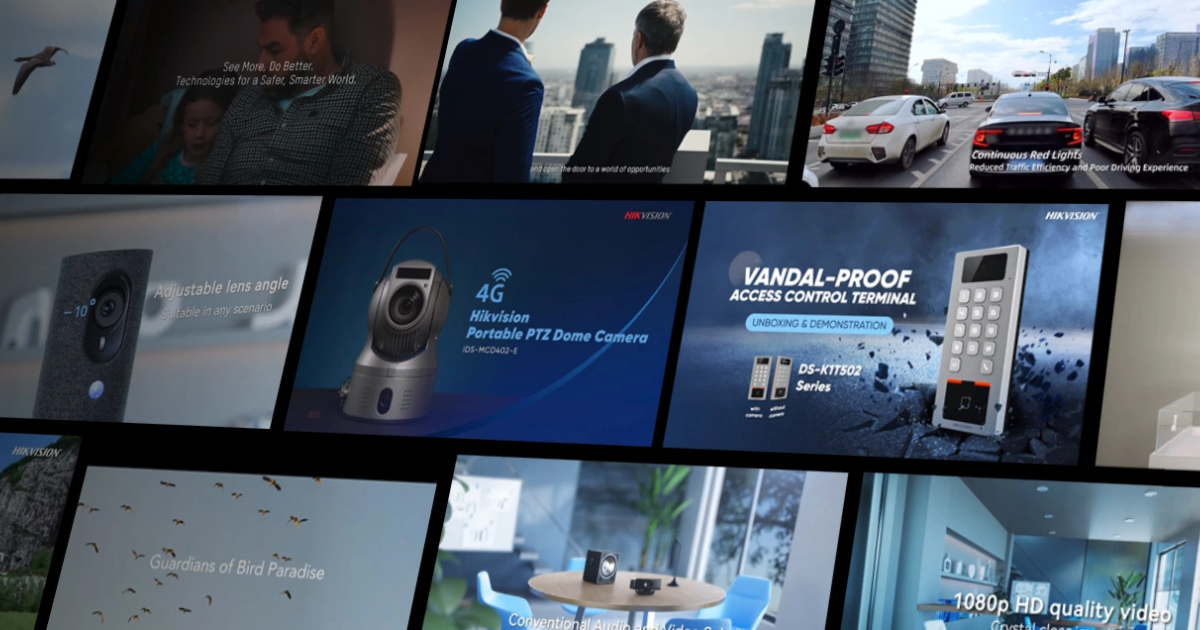
Let’s talk about the Artificial Intelligence of Things (AIoT) in relation to smart Internet of Things (IoT) advances – plus a tie-in to Hikvision, a company committed to serving global industries through the utilization of cutting-edge technologies like machine perception, AI and more.
The long-story-short of AIoT? As evident by its name, AIoT represents the combination of AI tech and IoT infrastructure. AIoT-powered solutions are designed to make IoT operations more efficient; improving human-machine interactions, enhancing analytical and data management capabilities, and so on. On paper, this is a great approach because the lifeblood of IoT is connectivity, so embedding AI into connected infrastructure components (e.g. chipsets, commercial devices, industrial systems and software, etc.) holds great potential for those able to implement AIoT responsibly. There’s also cloud-based and edge-based AIoT, but we’d be here for days laying all that out, if given the chance.
More broadly, AIoT applications include (but are, by no means, limited to) AI decision-as-a-service tool for marketing and human resources, real-time medical data collection via wearable devices for healthcare, collaborative robots (or “cobots”) completing production, assembly and packaging tasks in manufacturing, autonomous delivery robotics and software-defined vehicles (SDVs), smart home systems for customized support on a personal level, and smart city developments like connected traffic safety monitoring, smart streetlights and sustainable energy grids.
Basically, AIoT can enable smoother operational efficiencies, on-the-fly system adjustments, stronger security and future-proofed scalability, in many cases.
This is why Hikvision recently showcased its new suite of transportation and parking management solutions designed for what it describes as “redefined urban mobility,” all powered by AIoT.
To elevate urban traffic intelligence, the company has unveiled:
- Hikvision's Radar-Video Fusion Cameras: These combine the range perception of radar with the visual perception of video. The 4 MP Radar and Video Vehicle Detector, for example, helps to enhance roadway safety by providing early warning of potential hazards in challenging situations, such as blind spots at intersections and obstacles outside the visual range.
- Hikvision’s All-In-One Traffic Spotter: This, per Hikvision, “stands out with its multifaceted design incorporating video, radar, and lighting technologies for heightened traffic violation detection.” Plus, its streamlined column design facilitates effortless installation.
- Hikvision’s Radar-Linked PTZ Camera: This camera tech ensures consistent performance in adverse weather and lightening conditions; it even minimizes false alarms with advanced deep-learning algorithms.
For more information on Hikvision’s offerings, read here.
Edited by
Greg Tavarez





